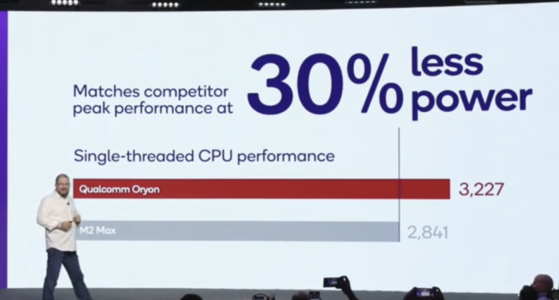I think you would be surprised by how many people choose Macs not because of the "ecosystem" but more because of purely the battery life advantage.
Yeah, I think Doug is showing his age, social circles maybe with the assumption that Apple Silicon hasn’t courted some users significantly for the performance + battery life pairing they offer. They’re a hit with [American especially] developers and creatives in a way that puts their previous hold on said groups to shame. Often reluctant, but it is what it is.
AS Macs are full computers with AMD/Intel class performance or better below a point, and the efficiency/mixed use runtime of what feels like a scaled up iPad/Phone, which is a huge feat to everyone who keeps their neck trimmed — people here can snark all they want but it’s true.
And those users count given the portion of the “market share” they make up (e.g. they are not buying Chromebooks, they are affluent, or professionals, etc).
It's not something like an iPhone where there is pretty large amounts of social pressure to conform, take a nice x86 laptop outside and you will still get appreciation for having a nice machine lol.
Man. Exactly this. It really is about the hardware.
It’s not like iMessage in the US, this is not a social status play or a vehicle for communication at least to this demographic we’re referring to. Sure there are the Apple diehards for whom that is the purpose but there is a significant contingent of switchers that just want good hardware. (Also I agree that Mac vs PC is just shallow memes these days, people know a nice PC, it’s not frowned upon).
What this also means is if Intel et. Al had it together — or if QC gets it together just as likely — there are people that would be fine using a Windows laptop and they do not face the uphill battle that like Samsung and Google do in the US lol.
Alternatively I do think if you don’t see real competition on this front soon then Apple will gain more market share and from the demographics that matter if you care about the whole “turning a profit” thing. Not as bad as Android vs iOS margin shares of phones but things could still shift.
At the very least, there's a much higher ability for Intel to try to steal back some of the lost Mac shares vs trying to convince Apple to switch back to Intel.
Yep agree. They won’t switch back but there are definitely Mac users that would switch over if Intel/AMD/QC /Nvidia could build something that takes it to Apple and/or has a better pricing tier




